
How to figure out if your skin is oily; why your skin is oily; and how to treat oily skin
Jeanne Brophy, the skincare specialist shares her expert opinion on all things oily skin. Find out if you really are oily, why you're oily, what you can do about it and - at the end of the page - the products Jeanne recommends to help.

Oily skin is one of the most misunderstood skin types I come across and probably the most difficult to get a handle on without expert advice. That being said, there are some basic rules that you can put in place easily without risking dreaded breakouts or the other extreme (that I probably see more regularly), a skin that started out oily that is now screaming for mercy from all the oil targeting products that were thrown at it. This skin now feels and looks dry, flaky and irritated. This can be from lifestyle like very central heated environments or more commonly from poor product choices. And this is where oily skin, unfortunately, can get complicated!
Firstly, am I oily?
Some very oily skins will laugh at that question as they blot the excess oil dripping from their brow. Many of the rest of you are probably unsure and will describe your skin as combination or dry but also prone to some hormonal spots and blackheads. I would hazard a guess that if you are in the in-doubt category you are oily. Like everything in life, you can be a little oily or very oily but it will still warrant a different approach than a true dry skin.
Do you have any of the following (even in smaller amounts)?
- Open pores particularly on your t-zone?
- Do you get a shine during the day?
- Do you see little lumps and bumps on your skin in certain lights?
- Do you have to wash your hair very regularly?
- Do you suffer with breakouts regularly?
- Do you ever get spots on your chest or back?
- Does your skin often look dull and lacklustre?
If you answer yes to two or more of the above questions keep reading!
What is the point of this oil?
Oil is produced on to the surface of your skin and forms part of an acidic covering of our skin that protects us. This acidic cover is made of a number of lovely things (oil/sebum being one of them). Think of it as being like a recipe - if oil is part of the recipe and you put too much in it throws things off. From a skin point of view when you produce too much oil, you more likely to suffer with sensitivity. Your skin's natural cell renewal will also be a little slow so dull skin is a common side effect of being naturally oily.
Oily does not mean hardy; your skin can commonly feel tight and react to products easily. Oil is a natural part of our skin makeup; we need it, we just don’t need tonnes of it! Our role in skincare is to try and manage the recipe, i.e figure out the right amount of oil control. This is where I think a skin consultation with a professional comes in but there are some skin care do’s and don’ts that you can follow to get started.
Don’t
- Don’t use products with mineral oil. It clogs and it causes sensitivity. Cleansers are a big culprit for this
- Unless prescribed for you by a skin professional, avoid grain scrubs and cleansing brushes
- Avoid hot water when cleansing your skin and rough face cloths
- Be very careful with acid-based products (salicylic, glycolic etc) I love these ingredients and they form a basis of most oily skin routines but its really an area I think you need advice on to get right. Too many acids can make you sensitive, tight and flaky, so it’s a balance that has to be right. If you are buying an acid based product, don’t go any higher than 5% without it being prescribed for you
- Don’t get random facials to clean out the skin and then use the wrong homecare. You will go around and around in circles. The right homecare is step one
Do. The following is a good routine to get you started.
AM
Cleanse – usually foam wash in the morning. This can be used in the shower. This is often where you can add some acids for oil management. Salicylic acid helps target excess oil. Choose a low percentage product or a basic foam wash formulated for oily skin
Anti-oxidant suitable for oily skin. This helps your skin do its job of protecting you during the day. Formulas made to suit oily skin will give some hydration without overloading
Oil-free sunscreen
PM
Cream/milk cleanser
Night-time cream or oil containing Vitamin A / Retinol. This helps to manage oil levels in the skin over time but is also the best ingredient to be on for prevention of ageing. Stronger Retinol products can give side effects so if you are buying without advice, the AVST system from Environ offers a step-up approach which is safer for beginners
Aim to get a professional treatment every 6 - 8 week to give the skin a kick start. I believe professional treatments should be decided on the day depending on your skin. A good facialist will tailor make the treatment for you.
Jeanne Recommends:
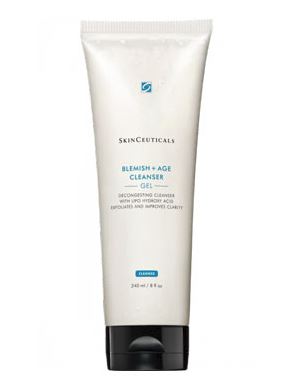
Advertised

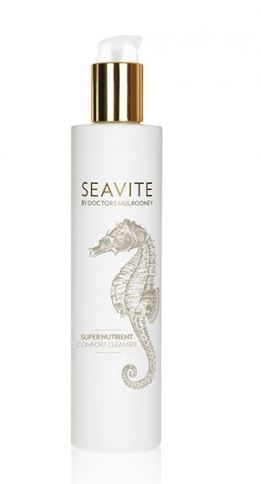
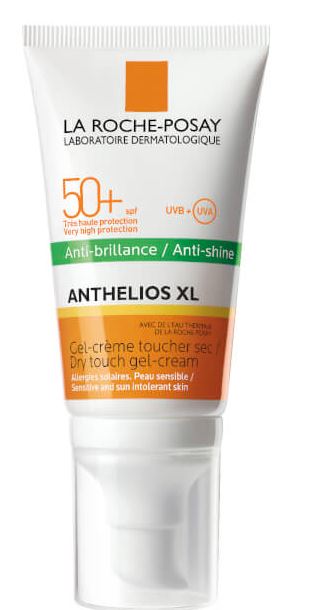
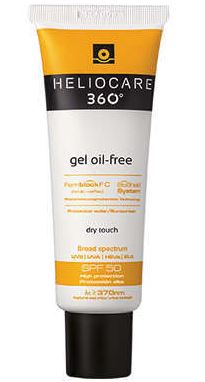
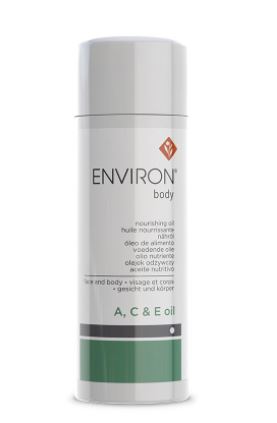

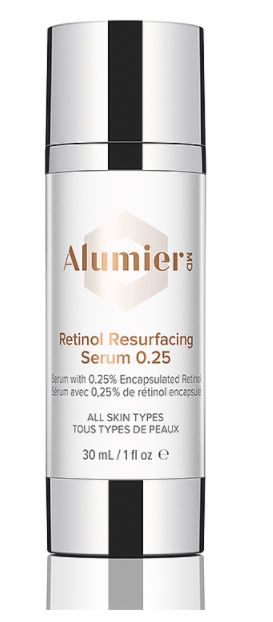
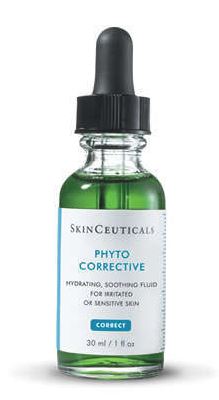

Advertised
For more from Jeanne Brophy, see jeannebrophy.com or follow her on Facebook and Twitter.



